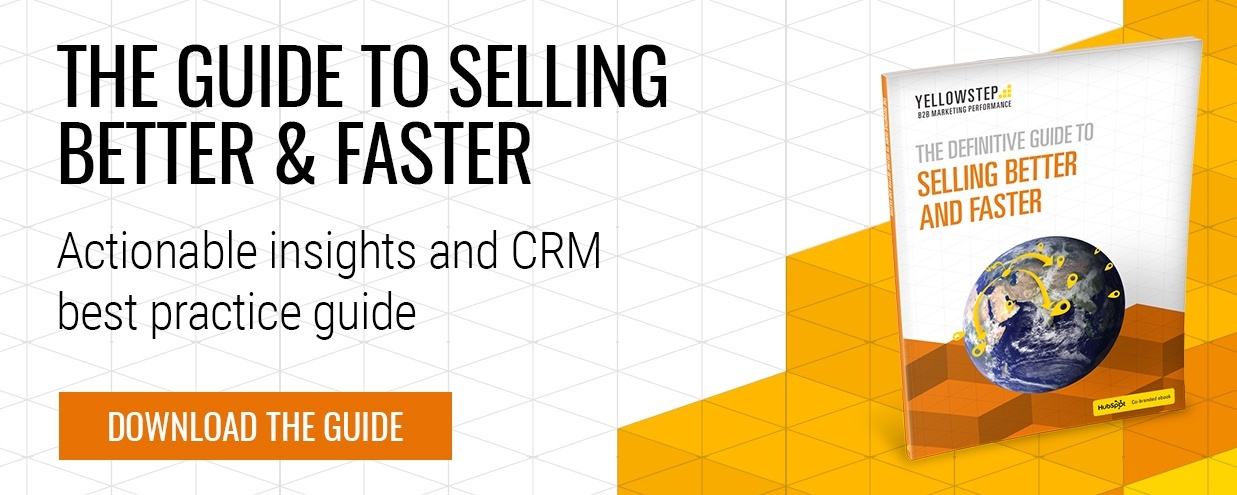One of the biggest challenges for salespeople is having a full understanding of their ideal customers. Whether you're looking to optimise your customer experience, offer them more relevant content, or grow your revenue, knowing your customers better than they do is essential.
Having documented resources for your sales team as well as powerful lead intelligence eliminates guesswork, and focuses your team to achieve your goals.
Take a look at our 3 actionable techniques to better understand your customer needs and use it to strengthen lead generation and sales delivery right away.
Build comprehensive buyer personas
A buyer person is a documented portrait of your ideal customer - their habits, their demographics, and their biggest workplace challenges. And although many businesses have some idea of who they're targeting, making sure this is confirmed and documented is essential to keep your marketing and sales team focused and on the right track.
If you've not already created buyer personas, it is best to start off with workshops within your business, as well as outward-facing techniques such as surveys and focus groups to help build a picture for your sales and marketing teams.
An additional technique is to use your insights from Google Analytics to learn which social media sites, referring websites, and blogs your traffic is coming from. You can then leverage this information to target like-minded publications to complete the full picture of your buyer persona.
Deliver Intelligent customer engagement
Firstly, you need to make sure you have right tools and technology in place to make your website a wonderful sales experience. Your proprietary data from interacting with your customers, regardless of the channel, can help you understand them better.
Using live chat can not only deal with your prospect's questions quicker, but they can also give you visibility of some of the most common issues your audience faces. This can better inform your buyer persona and can help your marketing team create content that will address some of your audience's biggest pain points, which the sales team can then use to personalise the sales experience.
Likewise, a powerful CRM system can help you keep all this personal information for each contact. It can also help your sales team see how the lead first engaged with your website, which channels they are most receptive to using, and previous communication with other colleagues.
Not only that, but can also schedule calls regularly with your current client base to understand their pain points and challenges, as well as what they like or dislike about your product or service. As Hubspot regularly explain, happy customers mean more referrals and a growing reputation, eventually leading to greater revenue. And unhappy customers lead to changes and improvements which will enable you to reach your ideal customers better.
Understand The user journey so far
Thanks to analytics, CRM systems, and website behavioural recording tools such as Hotjar, it is easier than ever to understand lead and customer behaviour and optimise your user journey to sell more effectively.
Your CRM will enable you to see the pages and posts they’ve visited as well as emails opened. You will then be able to offer a personalised sales experience and have complete transparency over the user journey of each contact.
Understanding user journey and behaviours is absolutely key to a personalised B2B sales experience, according to Brian Solis of Altimeter Group: “Business buyers don’t go to work and forget what they do as humans," he says. "There’s a new normal that blurs the line between B2B and B2C. They just want things personalised. More successful companies are looking and prioritising things like understanding customers’ evolving behaviours and preferences to design more meaningful engagement opportunities.”
Conclusion
The techniques outlined in this article are common practices meant to inform and inspire your customer engagement efforts, but they should always be catered to what’s right for your audience.
Our guide on selling better and faster can give you practical examples of how you can use technology such as CRM to speed up your sales cycles, and also includes which channels you can research buyers on to provide contextualised sales outreach.
 By
By 